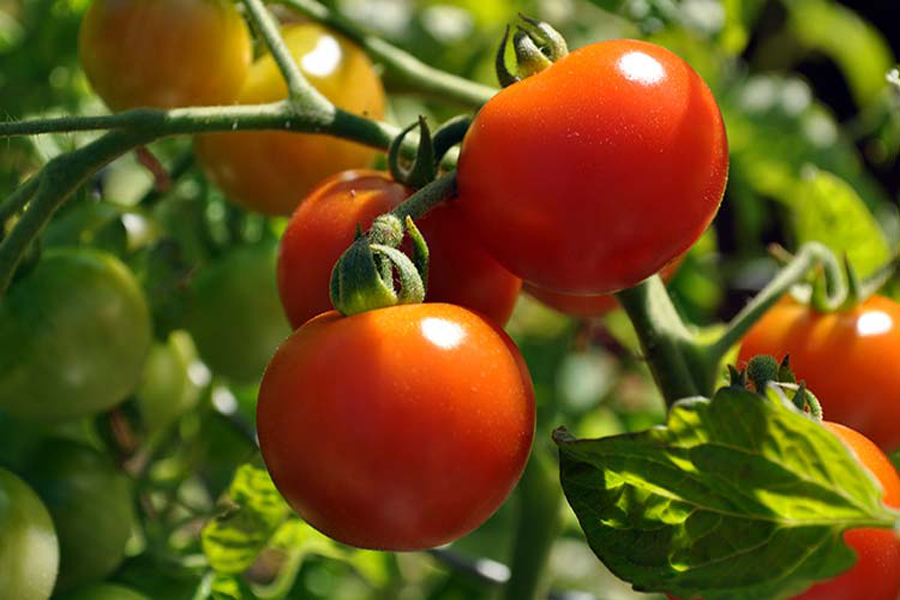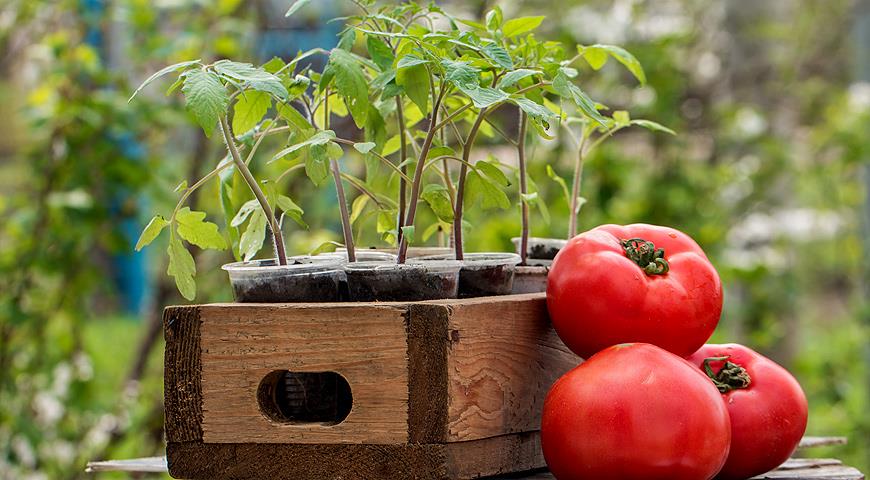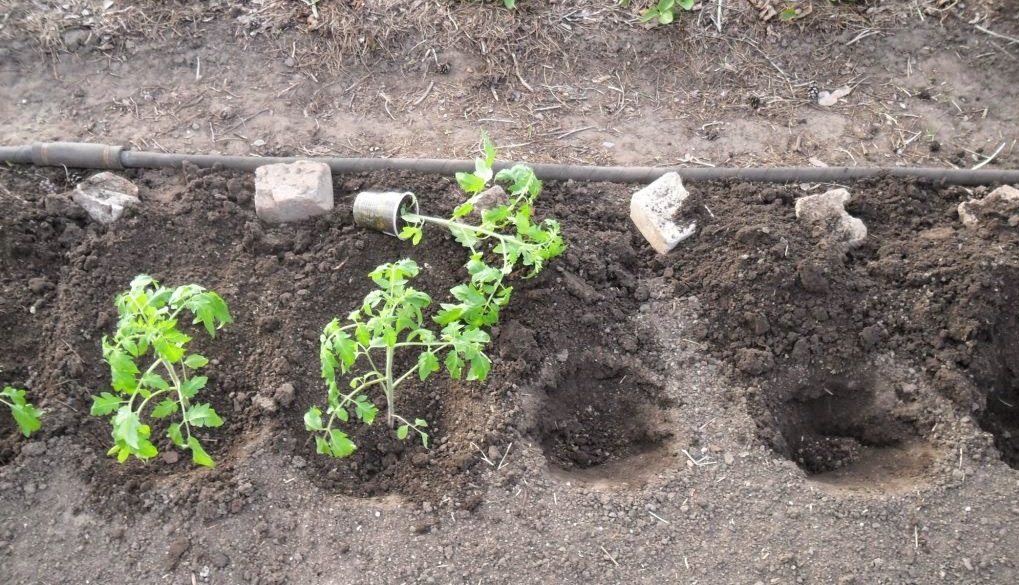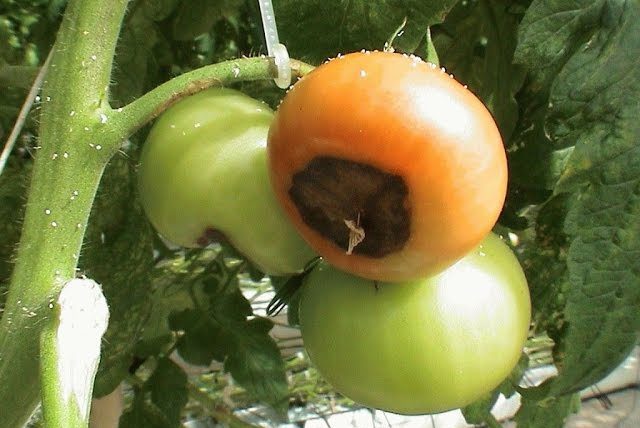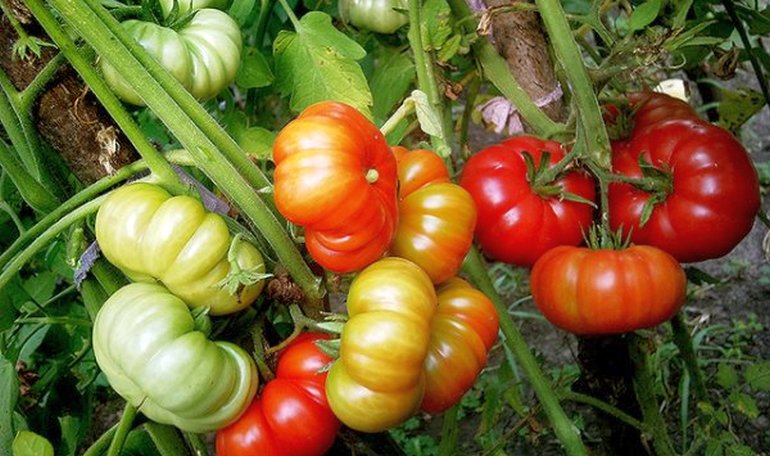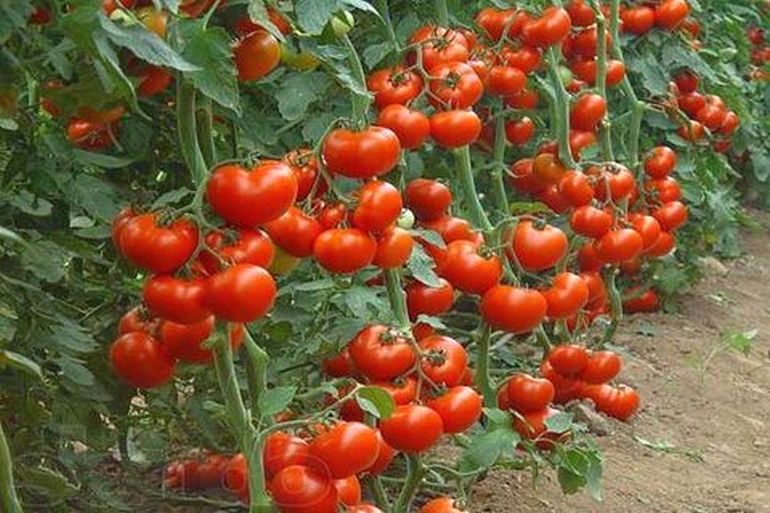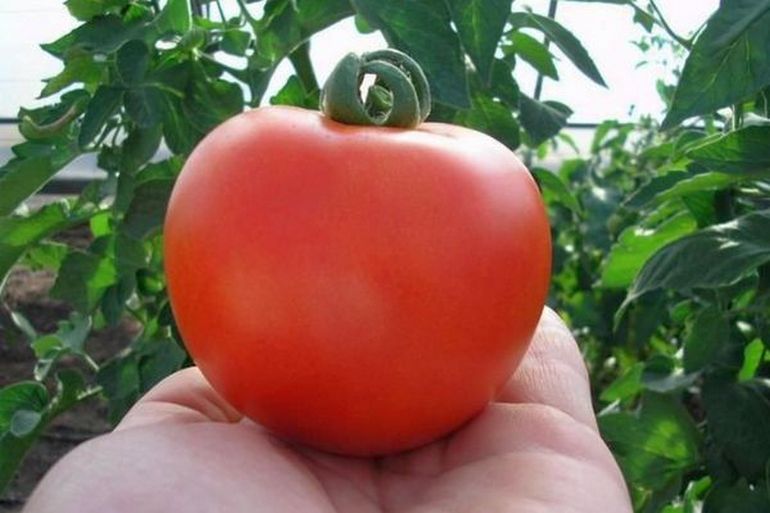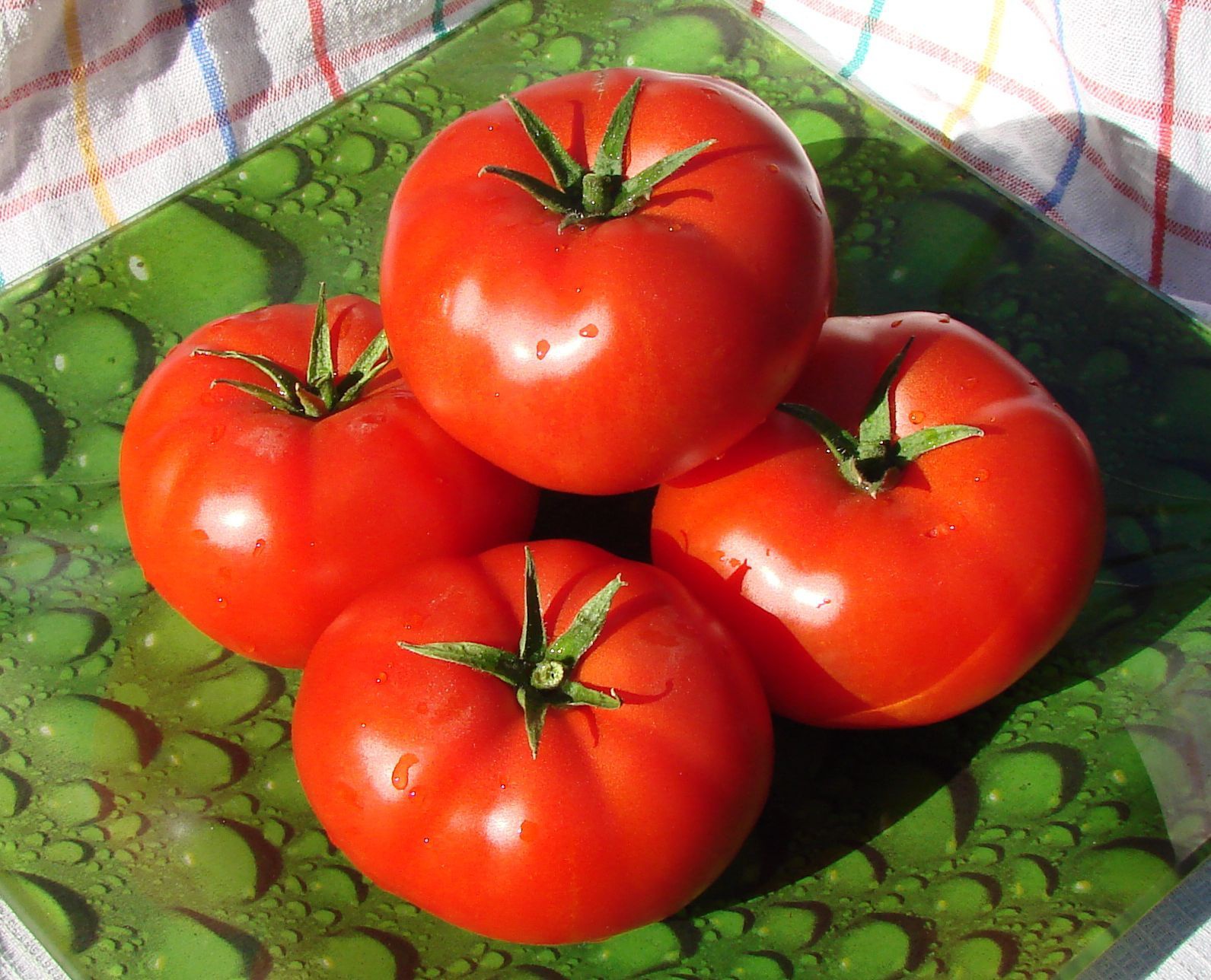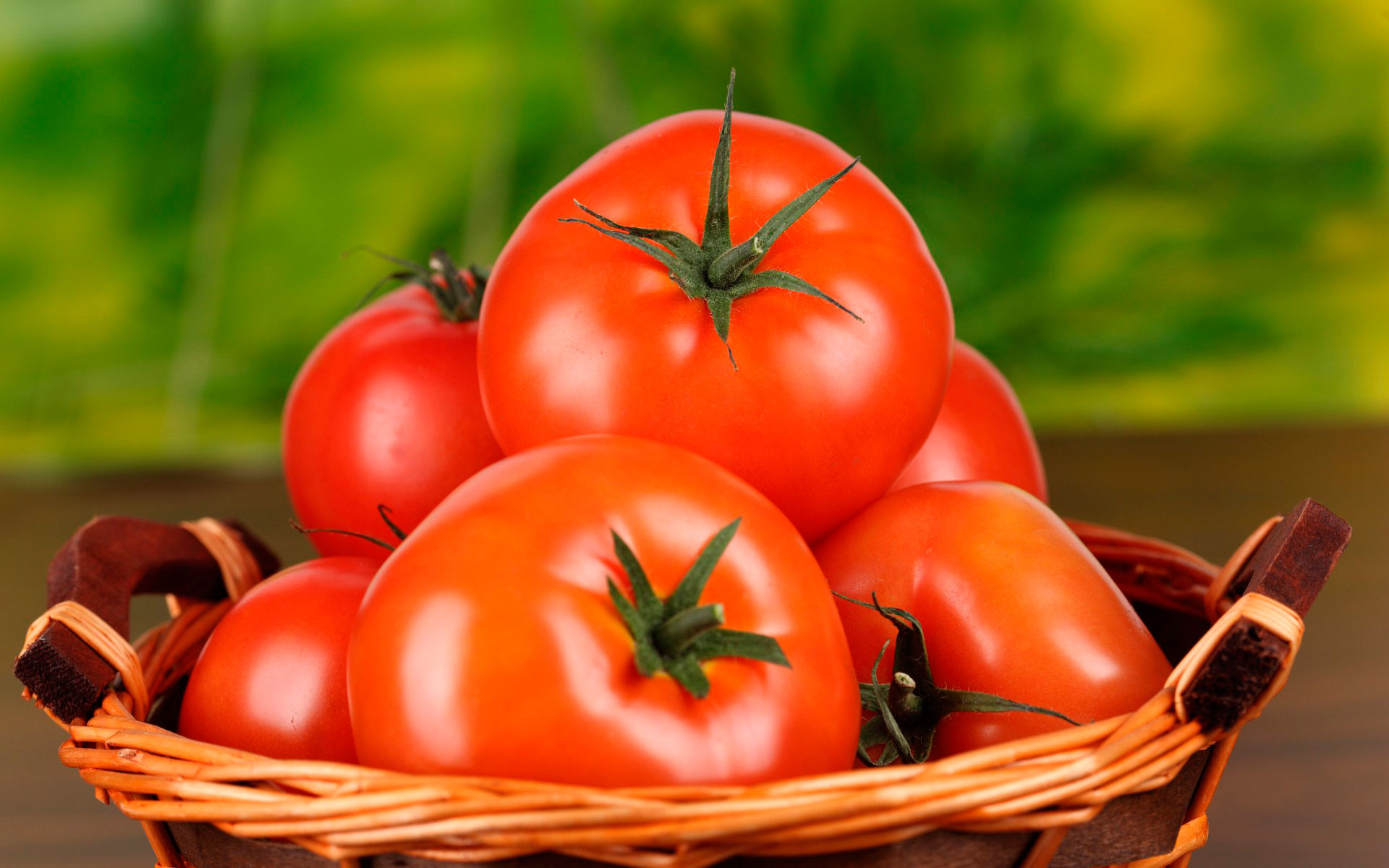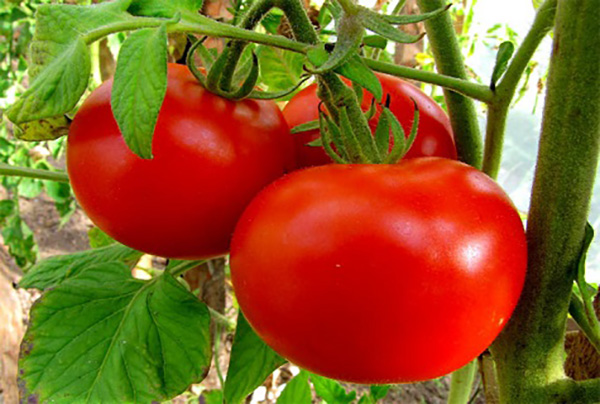Content:
Day after day, breeders tried to improve their creations, bringing them almost to the point where the culture after planting will grow on its own and not require additional labor. Of course, this is still from the realm of fantasy, however, it is already possible to simplify and minimize the care of the plant. This is how the Nepas tomato appeared.
Pickling is a rather laborious process, which consists in breaking off the side branches to form larger fruits.
This variety speaks for itself - to be unassigned, thereby reducing labor costs. This is a species that practically does not give lateral shoots - "stepchildren", which allows the bush to ventilate and concentrate on the growth of fruits that reach maximum ripeness and taste.
Tomato unsaturated characteristic and description of the variety
Consider the tomato nepas characteristic and description of the variety.
The frost resistance of this culture is good, the variety is unpretentious, tolerates temperature extremes, grows well both in the open field and in greenhouses. Due to its early ripening, the Nepas tomato is popular in regions with a cool climate.
Nepas tomatoes are suitable for consumption, both fresh and in the form of tomato paste, canned or pickled.
Fleshy, not watery, strong fruits have long established themselves as a tasty and unpretentious variety. The variety is resistant to all sorts of diseases, late blight and bacteria.
Variety of varieties Nepas
Tomato Nepas is divided into popular varieties in the middle lane:
- Tomato unsaturated Orange spout or amber. This variety became famous and fell in love with gardeners for its unpretentiousness. The tomato can withstand temperature extremes and is able to ripen in any dry or rainy summer. The Orange bush is small, stocky, firm. Contains beta-carotene. Popular among gardeners for the sweet taste of the fruit. The fruits of this variety of tomatoes are characterized by a bright orange color, they are rounded with a spout at the end;
- The red nesychnykayuschy variety is the most popular in the Urals. It is the founder of the Nepas variety, the fruits are red and round in shape, convenient for salting due to their uniformity and resistance to cracking;
- Non-sticky tomato varieties for open ground. Perhaps the most original in its appearance is the unsynchronized Striped. The fruits are a small raspberry oval with yellow stripes, decorative appearance and excellent taste are no less popular among gardeners. Differs in early maturity and is suitable both for growing in greenhouses and for planting in open ground;
- Nonsynky Sugar, got its name for its taste and high yield. Plum-shaped fruits. The tomato pulp is sweet and juicy, the plant can grow up to 90 cm in height;
- Tomato Raspberry nonsynky or Pink differ in the shade of the fruit skin, it is bright pink or raspberry pink. The tomato is large, weighing 120-140 g.The fruits of the variety ripen together, the skin of the fruit is strong, suitable for storage and long-term transportation.
Agrotechnics
Growing seedlings
For planting tomato seeds, they prefer containers filled with prepared soil, consisting of a mixture of humus, peat, garden soil with the addition of ash and sand. The soil is disinfected before planting. The seeds are soaked in a weak solution of manganese, planted to a depth of about 1 cm. Until the first sprout appears, the seedlings are kept under a film, observing that the temperature remains at about 24-27 degrees and sufficient humidity.
After the appearance of 1 or 2 leaves, the seedlings dive, leaving a distance of 9-10 cm between the seedlings, or planted in pots. It is necessary to water the seedlings with regular accuracy, it is best to do this in the morning, this is an important aspect for the formation of the future bush. To avoid contamination of future bushes with bacteria, the room with seedlings must be ventilated, while preventing a decrease in the temperature in the room.
The future bush can be illuminated artificially, for example, with a phytolamp. To organize natural light, the seedlings can be placed near the window, placing it at an angle and using reflective foil. However, you should not overdo it, plants only need 12 hours of illumination, the rest of the hours must be spent in the dark. This process of alternating night and day is needed for a kind of hardening of the seedlings and getting used to the natural physiology of plants.
After the appearance of five to six leaves, the lower leaves must be removed, gardeners recommend carrying out such a manipulation to avoid pulling the plants up.
Before planting non-sunken tomatoes in open ground, it is necessary to harden the seedlings, for this you can gradually take out the boxes to fresh air. You need to start with a half-hour stay in the air, gradually increasing the time. Hardening can be done before the daytime air temperature reaches 14-15 ° C.
Planting seedlings in open ground
It is necessary to plant seedlings in open ground in cloudy weather or in the evening. This is done so that the plant takes root a little during the night before being exposed to the scorching rays of the sun in the daytime. The holes for tomato seedlings should be the size of a shovel bayonet, before planting they need to be filled with water and wait for it to be completely absorbed into the soil. Before planting, the seedlings must be watered abundantly in order to easily remove the tomatoes from the pots without damaging the root system.
After immersing the tomatoes in the hole, the roots are carefully sprinkled with soil mixed with compost, then the hole is filled with earth, gently tamping. After planting, the plants must be watered abundantly.
In the early days, until the seedlings take root, in order to avoid night frosts and drafts, the seedlings must be covered with a transparent film. Experienced gardeners recommend removing the film after 10-12 days. This time is enough for rooting. During this period, watering is better to be minimized or not to water at all, the first moistening of the seedlings can be carried out after the film is no longer needed.
Watering tomatoes
Initially, after planting, young seedlings are watered with warm, room temperature, settled water. Carrying out the procedure, you must try to water the bushes at the root or in the aisles, without getting on the leaves of the plants. Watering should provide moisture to the main roots. They are located at a depth of about 35-40 cm.
Watering should be regular, you must adhere to a certain scheme and moisten the plants at least once every four to five days. If you water the tomatoes at different intervals: sometimes less often, sometimes more often, future fruits will crack, and it will be much more difficult to store such tomatoes.
Diseases of tomato nepas
The unpretentiousness and resistance of Nepas to diseases does not mean that minimal care is not needed for the tomato. By periodically observing the plant and fixing problems in a timely manner, many diseases can be avoided.
Sudden yellowness on the leaves and their lightening indicate a lack of mineral fertilizer.
The lack of nitrogen in the soil or phosphorus will be indicated by leaves that have taken on a painful purple hue. Drying of the leaves indicates a lack of potassium.
If the ovaries dry out, this may be due to excess phosphorus. The lack of flowering and the growth of leaves indicates an excess of nitrogen. Excess potassium will manifest itself as matte spots on the leaves.
Disease of a bacterial infection will manifest itself by the appearance of multi-colored spots on the leaves. For any signs of infection, the use of drugs such as "Skor", "Fitosporin", "Zaslon" will be effective.
Advantages and disadvantages of the variety
The indisputable advantage of the Nepas variety, along with the absence of pinching, is its unpretentiousness, resistance to weather conditions, early ripening of fruits and remarkable yield.
Of the shortcomings, gardeners note the fact that it is necessary to tinker with tomato seedlings: first, plant them under a film, buy seeds only from trusted firms or collect them yourself. Watering seedlings is initially carried out only with warm water.
